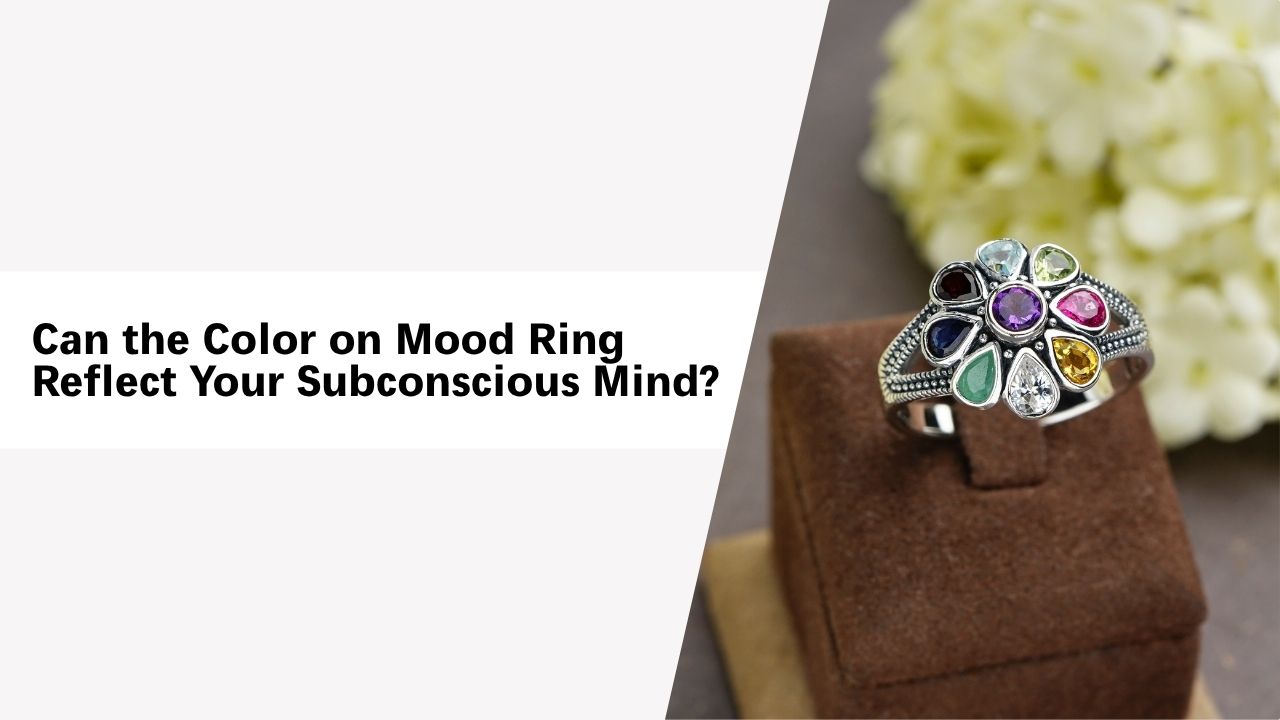Mood rings, with their ever-changing spectrum of colors, have long sparked curiosity and wonder about how much they truly reveal about our inner worlds. Many wearers playfully gaze at the shifting shades and ask: Can these colors on a mood ring actually reflect the subconscious mind, or are they simply fun accessories with no deeper meaning? Let’s delve into the fascinating blend of science, symbolism, and self-reflection hidden in these tiny, color-changing rings and explore whether your subconscious might be playing a role.
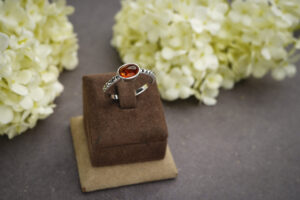
How Mood Rings Really Work
First, understanding the “magic” behind mood rings is essential. At their core, mood rings are built with thermochromic liquid crystals that respond to temperature changes on your skin. As the temperature shifts, these crystals rearrange, reflecting different wavelengths of light producing a visible color change.
- Warm skin: often leads to colors like blue or green.
- Cooler skin: triggers darker or more muted shades such as grey or black.
Crucially, it’s not your mood itself that changes the ring, but your body temperature. Emotional states like excitement or anxiety can affect blood flow and temperatures sometimes syncing with your feelings, sometimes just reflecting external conditions like the weather.marcasite jewelry
The Subconscious Mind: Elusive and Complex
Your subconscious mind operates below your conscious awareness, influencing dreams, automatic reactions, gut feelings, and deeply rooted beliefs. It holds a vast stream of memories, associations, and emotional reactions that often run in the background of your daily experience.
Can a physical object like a mood ring measuring only the temperature of your skin truly reveal what’s hidden beneath your conscious awareness? The answer, scientifically, is no. Mood rings are not designed to read thoughts or access the subconscious. However, the story isn’t entirely simple how you interpret the colors on a mood ring can definitely prompt moments of self-discovery and subconscious insights.
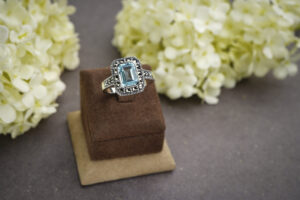
Color on Mood Ring Windows to Your Inner State?
When you see a shade on your mood ring, you naturally link it to your feelings, even if just for fun. Here’s where things get interesting: your interpretation of the “colors on mood ring” can create a bridge between conscious and subconscious awareness.
- Self-suggestion: If you notice a blue or green shade and read that as “calm,” you might pause, breathe, and actually become more relaxed tuning in to a sensation your subconscious had already detected.
- Emotional check-in: When the ring shifts to black or grey and you feel deflated, you may realize that beneath the surface, you’re tense or stressed something your conscious mind had not yet acknowledged.
- Mood as a mirror: Sometimes, just asking “What does this color mean for me right now?” is enough to encourage reflection, surfacing thoughts and feelings from the subconscious.
While the colors aren’t directly reading your inner mind, the act of noticing and interpreting them can serve as a spark for self-awareness, helping you pay attention to states you may not be consciously monitoring.
The Power of Symbolism and Ritual
Mood rings gain much of their influence through ritual and symbolism. For centuries, colors have been linked to emotional and subconscious meanings:
- Blue: peace, trust, and spiritual calm.
- Green: balance, renewal, and hope.
- Grey/black: introspection, hidden emotions, or fatigue.
- Purple/violet: creativity and deep thought.
By associating colors on your mood ring with these meanings, you create your own feedback loop. You may unconsciously attune to your ring’s colors, letting them amplify feelings you’ve tucked away. Over time, rituals like checking your ring can actually train you to probe your subconscious more gently.
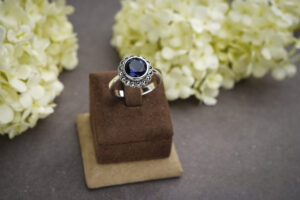
How to Use Mood Ring for Subconscious Reflection
- Daily color journaling: Write down the ring’s colors over time and any emotions or memories that surface. Patterns may emerge, giving you clues about subconscious rhythms.
- Mindful breathing: Use color changes as reminders to pause and breathe. Notice what thoughts or sensations float up these may come directly from the subconscious.
- Intention setting: Let colors inspire small rituals, like reciting an affirmation or setting an intention aligned with the ring’s current shade.
- Dreamwork: Before sleep, glance at your mood ring and reflect on its color. Ask yourself, “What am I feeling inside that I haven’t named today?”
Science, Self-Awareness, and the Mood Ring Ritual
The most important takeaway is that mood rings are not scientific tools for probing the subconscious mind. Their colors respond to temperature, which may sometimes indirectly reflect your feelings but not deep, unspoken beliefs or memories.
Still, mood rings can be powerful in a different way: as playful guides for self-discovery. They serve as visual permission slips to pause, check in, and contemplate, encouraging regular moments of honest inquiry. This can, over time, help you better recognize patterns in your own emotions an essential step toward understanding your subconscious.
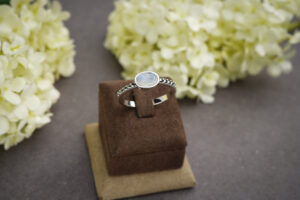
Beyond Surface Reflections
While the colors on mood ring can’t offer a direct window into your subconscious mind, they can become meaningful prompts in your journey toward greater self-awareness. When used deliberately, they invite you to slow down, ask introspective questions, and engage with your internal state transforming a simple piece of jewelry into a tool for daily mindfulness.
So, wear your mood ring with intention, let its playful shifts inspire real curiosity, and remember: the truest revelations always come from within, colored by the light you choose to shine inward.
